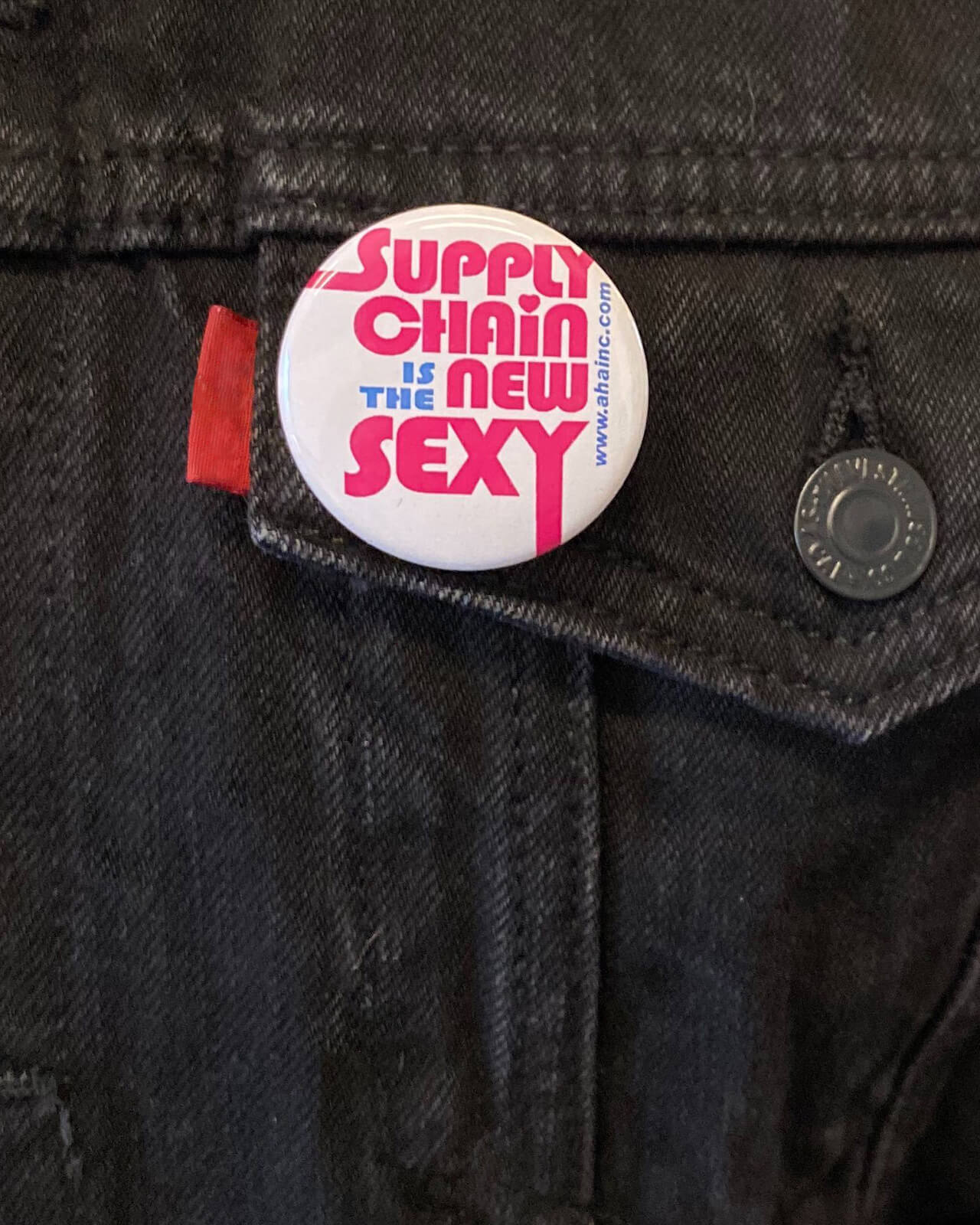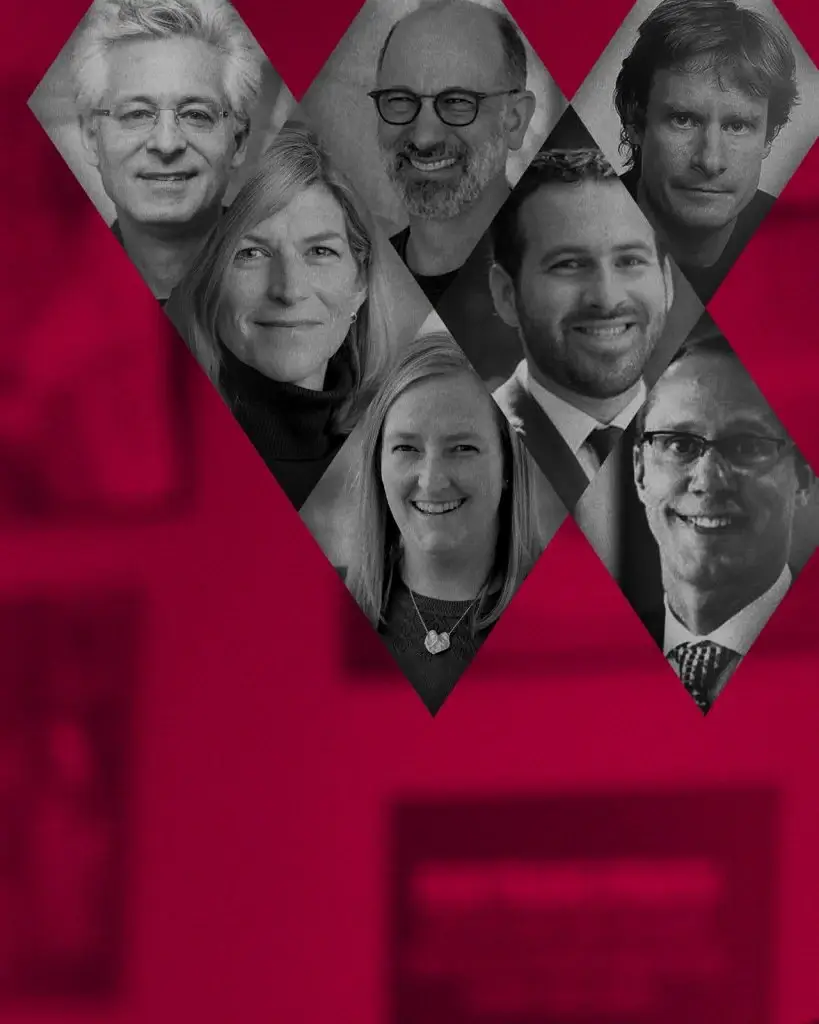Culture change in the workplace: letting go of control
Strategy Director
We’ve lost our culture.
Our culture is broken.
We have to protect our culture.
We don’t have a culture anymore.
These have become familiar refrains among leaders and managers since COVID-19 accelerated companies’ shifts to a hybrid or work-from-home environment. The sentiments are understandable—work does feel different. They’re also wrong.
That’s because culture isn’t an object that can be lost, misplaced or broken. It’s the byproduct of human interaction. Of transient moments of action, reaction and response that coalesce into employees’ sense of what their company values and accepts. Culture defies ownership because mutability is its very nature. It changes—sometimes subtly, sometimes dramatically—with every staff addition and subtraction. It’s altered by circumstance and outside influence.
Effective leaders understand this. They know positive influence is the achievable goal. Instead of trying to control their workplace culture, they “culture” their workplace.
Culturing a workplace means creating the conditions for healthy growth and putting people in positions to thrive. With this mindset, leaders become caretakers and shapers of culture, not dictators. Shepherding culture in this way takes intention and daily commitment. It means bringing the values painted on the walls into every interaction, conversation and decision.
The illusion of a healthy workplace culture
When millions of employees started working from home, managers lost visibility into their teams’ day-to-day activities. As a natural consequence, some leaders’ desire to exert control over culture intensified. According to Microsoft’s 2022 Work Trend Index, 85% of leaders found it more challenging to be confident that employees were being productive after they shifted to hybrid work. An increasing number of companies sought to regain that visibility with software to monitor employees’ activities and analyze their productivity. Some even took to assessing employees’ level of engagement with tone-of-voice trackers that seem straight out of Black Mirror.
But the more a leader grasps and clings to the culture they remember, the more elusive the desired culture becomes. Studies of U.S. workers show that employees who know they’re being monitored are actually more likely to violate and circumvent rules and expectations. Other studies have shown a link between workplace surveillance and increased worker stress and attrition.
Attempts to mandate a cohesive, “desirable” workplace culture from the top down—such as hiring and promoting for cultural “fit,” dictating particular communication channels and styles or the “forced fun” of required social events—are counterproductive. Instead, they often drive the “undesirable” attitudes and actions out of view. Any sense of security and tranquility leaders gain is illusory, like the glassy calm of a stagnant pool teeming with bacteria below the surface. When it comes to workplace culture, there’s a persistent disconnect between the perceptions of senior leadership and employees. Many leaders tend to think the workplace is healthier and happier than their employees do.
Rediscover company culture by engaging employees on their terms
When leaders say they’ve “lost their culture,” they often mean that the culture changed when they weren’t paying attention. They didn’t lose culture; they simply lost visibility into what the culture looks like now. The markers of a healthy culture they’re used to seeing may no longer apply. That’s not surprising. Very little looks like it used to. And it’s not just the aftereffects of COVID. Other forces are at work in the workplace too: shifting workforce demographics, landscape-altering emerging technology, increasing expectations around ESG and DEI. Effective leaders know there’s no going back. They’re letting go of the past, looking for new rallying points and exploring this new workplace territory.
They start by setting aside the golden rule. By recognizing that their experience may not be the norm. A leader might spend all day in meetings, collaborating to the point of social exhaustion. Their employee might spend an entire day without ever seeing another co-worker’s face. Good leaders don’t assume they know what their employees need. Instead, they build feedback loops to stay connected to what their employees truly want, think and feel.
And they hang onto object permanence. They know that while the company’s culture isn’t visible in the same way it was before, it’s still there. For many organizations today, culture lives on Slack and in Teams instead of around the proverbial water cooler. Effective leaders find the conversation. They listen, learn the language and the new cultural conventions, and then they engage. They’re OK with feeling awkward. They trust that trying counts.
Give workplace culture space to change and evolve
Letting go of control has another benefit. It leaves room for happy accidents. Like penicillin’s apocryphal origin story or early bakers who set their dough out with hopes of catching a strain of wild yeast on the breeze, allowing for unknown possibilities makes space for the remarkable. These times invite experimentation. Casting it as an exciting opportunity rather than an existential threat encourages staff to engage and maintain an open mindset. On the other side of all this, innovative companies will discover new metrics for cultural strength.













